Canada Remembers Times - 2006 Edition - Page 1
Download the PDF Version.
PDF Version 10.2 MB
1st Newfoundland Regiment Suffers Grave Losses at Beaumont-Hamel
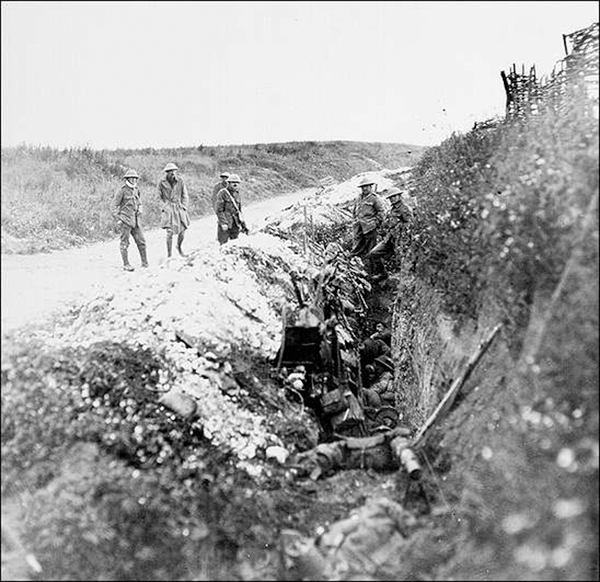
Photo Credit: PANL NA 3105 - Courtesy of The Rooms Corporation of Newfoundland and Labrador, Provincial Archives
Ninety years ago, on the morning of July 1, 1916, an event shook Newfoundland which still echoes in the province today. While July 1 is known as Canada Day, in Newfoundland and Labrador it has an additional and more sombre meaning. There, it is Memorial Day-a time to think back and remember those who gave so much in the cause of peace and freedom.
On this day in 1916, 801 men from the 1st Newfoundland Regiment went forward into a thick hail of enemy fire on the first day of the First World War's Battle of the Somme. They tucked their chins in as they walked through the bullets and shrapnel, as if they were walking through a snowstorm. But, it was not snow that was flying all around them and, in less than half an hour, the Regiment was torn apart: 255 were killed; 386 were wounded; and 91 were missing. It was a day that would never be forgotten in Newfoundland.
This day was just the first of more than four and a half months of fighting during the Battle of the Somme. The Newfoundlanders would rebuild and go on to earn the name Royal Newfoundland Regiment for their brave actions and successes in battles during the war. They gave so much to the Allied forces' effort to restore peace to Europe.
Canada's "Black Battalion"
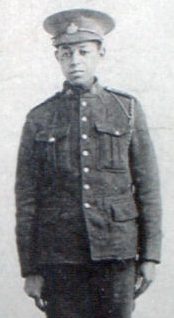
Photo Credit: LAC
Young African-Canadians were eager to serve their country during the First World War. At the time, an informal segregation policy made it difficult for these men to join the Canadian Army. However, like anyone else, they wanted the chance to do their part.
On July 5, 1916, the 2nd Construction Battalion was formed in Pictou, Nova Scotia - the first black battalion in Canadian history. Recruitment took place across Canada, but the majority of recruits came from the Maritimes. Eventually, 605 men were accepted.
The unit was intended for non-combatant support roles and served honourably in France as part of the Canadian Forestry Corps. They provided the necessary lumber to maintain trenches on the front lines. Some of the members would go on to distinguished service in combat units and earn medals for bravery.
Today, the dedicated service of the "Black Battalion" is remembered and celebrated as the foundation of a proud African-Canadian tradition of military service in our country. This interesting chapter of our country's history has been recorded in a book called Canada's Black Battalion and a documentary on the subject has also been produced.
First - Hand Letters from the Front - Herbert H. King
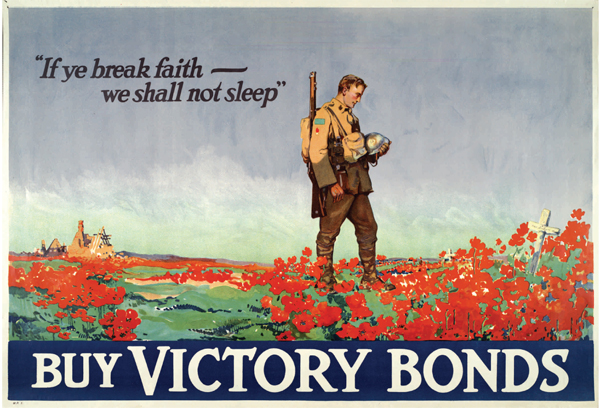
McGill Library Collections WP1.B1.F1
During the First World War, letters were a vital lifeline between Canadians serving overseas and their families back home in Canada. Sometimes these brave people would share their thoughts in verse...
A Newfoundlander's Thoughts of Home
Dear Mother, if thou could only be
Close to my heart far o'er the sea;
For every night I kneel and pray
That we shall meet again some day.And every night before you sleep,
O'er thy flock a watch still keep
An eye of bliss and not of shame
To comfort them and keep thy name.For as I watch with tearful eye
The motor cars as they go by
British soldiers, without arms, legs or feet,
Going to their last place to sleep.And as I rest in bed I pray
That this great war is o'er next day;
For shot and shell and big steel guns
Are made to kill some mother's sons.
Herbert H. King
Newfoundland Regiment
British Expeditionary Force, France
September 12, 1916
Nine Canadian Nursing Sisters Lose lives in Sinking of Hospital Ship
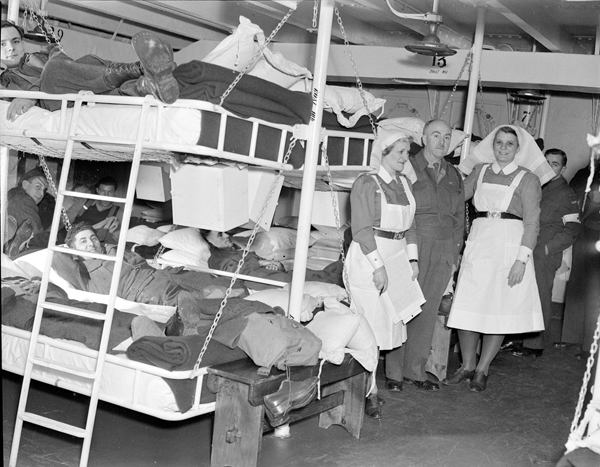
Photo Credit: LAC PA 128182
Nurses who tended to injured servicemen in the First and Second World Wars were referred to as Nursing Sisters. Life for Canada's Nursing Sisters was dangerous. They often served close to the front lines so they could better help those who were hurt. This put them within range of enemy attack.
On June 27, 1918, this danger was proven tragically true when the Canadian hospital ship Llandovery Castle was torpedoed by a German submarine. In all, 234 people lost their lives, including all 14 Nursing Sisters-nine of whom were Canadian - who had been helping the wounded on board the floating hospital.
Sports
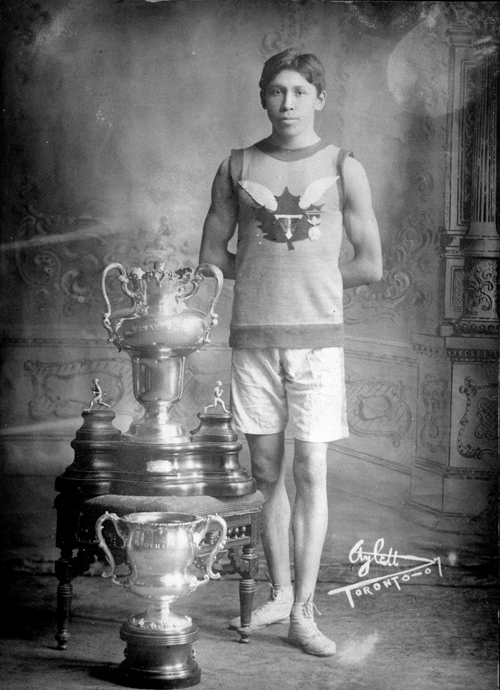
Photo Credit: LAC PA-49991
Tom Longboat, the famous Aboriginal-Canadian runner and winner of the 1907 Boston Marathon, did not let serving in the Canadian Army stop him from doing what he did best. Private Longboat served as a dispatch carrier with the 107th Pioneer Battalion of the Canadian Expeditionary Force. He used his athletic skills to deliver messages between units on the front lines in France. He also found the chance to race competitively while overseas. On July 1, 1918, the athlete from the Six Nations Grand Reserve in Ontario won the eight-mile (13 km) race at the Canadian Corps Dominion Day competitions.
- Date modified: